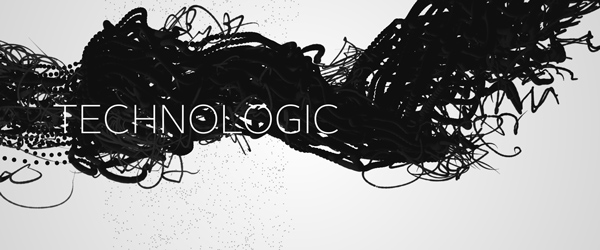
In the video, it's reacting to music played off my cell phone.
Knitted VU Meter 141120a.mov from Jesse Seay on Vimeo.

In the video, it's reacting to music played off my cell phone.
Knitted VU Meter 141120a.mov from Jesse Seay on Vimeo.


In art circles, "PS1" is a center for contemporary art in NYC. Here in the Chi-town maker community, "PS1" is short for Pumping Station: One, Chicago's oldest and largest makerspace. I've been an active member of this "other" PS1 for several years now, and I've been working on ways to both encourage and harness the community spirit that it nurtures. So I'm creating work that draws on the community model of the quilting bee, updated for an electronic age.
My circuit-knit "quilt" project started with a stack of my freshly knit circuit boards and a solder party armed with wire cutters and hot chisel tips. Afterwards, though, there was still much work to be done, and that's when a few PS1 volunteers stepped up for the long haul.

Motivated by an interest in electronics, the community of a group project, a desire to support the arts, or just straight-up generosity, Jay Hopkins, Peter, and Bandit put in some crazy hours soldering and troubleshooting the 896 LEDs, resistors, transistors, capacitors, and jumper wires that drive the piece. (For the tech curious, it's 56 flip flop circuits wired in parallel, aka blinking lights.)
PS1's vice president (and resident photographer), Everett Wilson, captured one of our late-night solder sessions. Was this the night we stayed til 4am? I can't even remember.






The past month has really been a whirlwind! I turned in my application
for tenure, got the semester rolling, and pulled together my show for
Chicago Artist Coalition. I'm showing a circuit-knit work that was made
with the group efforts of members of Pumping Station: One.
I'll post photos of the finished work soon. Here are pictures from the
first step of the soldering process, the solder party I held at PS1 to
get the circuit boards tinned and ready for component assembly.







(photos: Everett C. Wilson)
I've been busy with starting the new semester and finishing my tenure application. Getting back into the studio is a real treat! My current project: making a spherical shape from multiple segments.

With one more of these segments, I can link them all together to create a ball. I did the one on the left last night (there's the start of a repeat, but then I ran out of wire and dropped stitches, and decided to call it a night). The right one I did last week.


Also on this one (visible in the first photo) I "cast off" the wire stitches at the top, once the pattern started getting narrow. No need to knit the whole width when I only need what's inside the borders of the grey yarn.
Here's the back. I'm looking forward to finishing the third segment, getting out the soldering iron, and trimming off all that excess wire!

Hatch curator Erin Toale suggested I knit a cube as a warmup for creating sculptural (not wearable) knitted circuits. The process gave me lots of ideas (which is good-- the show is in October!).



The circuit can be built on a knitted circuit board made with this pattern.



Angeleah Daidone recently sent me this photo of the bracelet she made in my Circuit Building Workshop.
When I posted my knitted circuit instructable last month, I also entered it into Instructables' Battery Powered contest.
And... it took the grand prize! How cool is that???
I was, needless to say, thrilled for the recognition (and winning a new camera, tablet, and power tools ain't bad either!). I've posted two more instructables this month:
How to make your own e-textile Arduino
And today, how to solder stainless steel thread.
Lauren Singer of Houston, Texas (Ravelry ID: AuntieAnty) contacted me recently through Ravelry, to share Linen, Electronics and Diodes, a circuit-knit project she made with Glenn Manuel (Ravelry ID: Glennman), based on my knitted circuit design.
I'm thrilled to see people picking up the project and experimenting with new approaches. Lauren used 28AWG bus wire and a 50/50 cotton/linen blend. As far as I know, this is the first hand-knit version of the design (since I machine-knit mine). Very cool! I hope more will follow!


I posted my instructable for knitted circuits June 16, and had fun watching it spread across a tiny corner of the internet.


